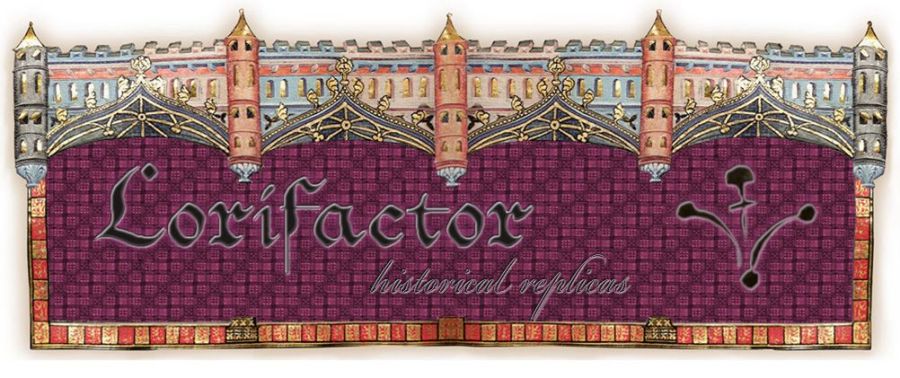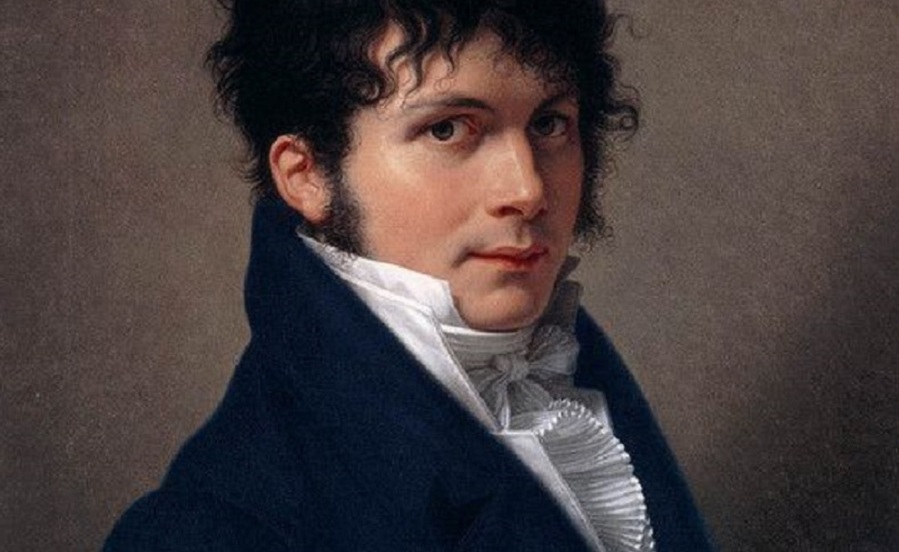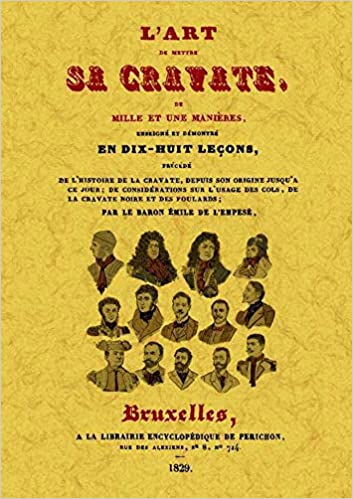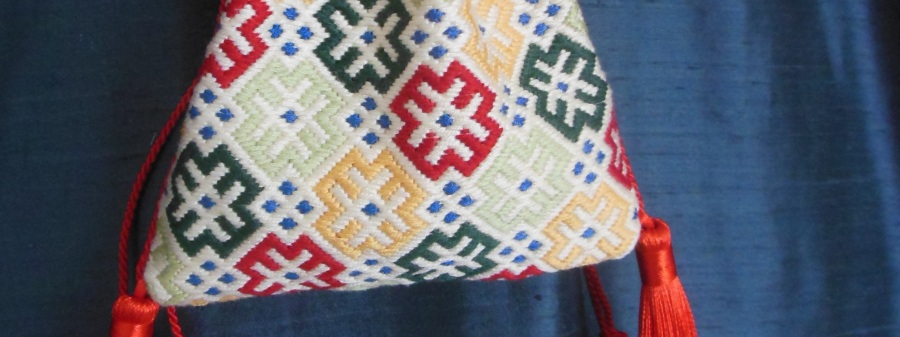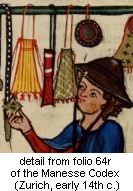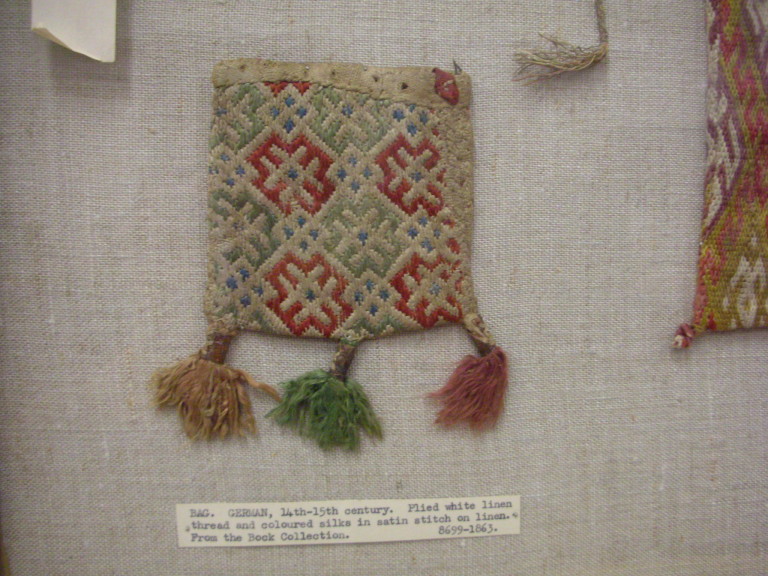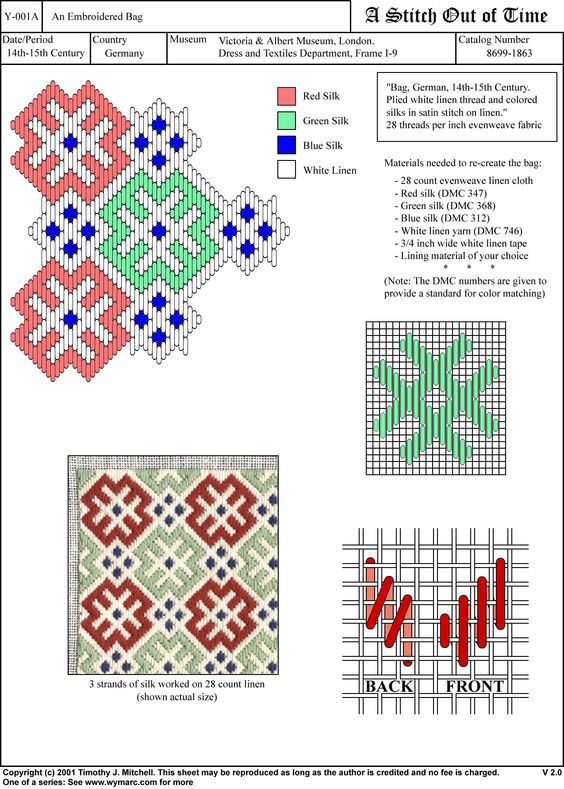Historical replicas
Lorifactor.com is an e-shop offering historical replicas mainly from Medieval age. The replicas are done based on archeological and pictorial sources.
Among selling products you will find belts and knight’s girdles, accessories for belts, armor and dress such as buckles, mounts, buttons etc. and also items of everyday use and weapons such as knives, candlesticks, camp accessories, pottery etc.
Nice approach is done for example with buckles. You may choose from three variants: brass, silver and gold.

Lorifactor is based in Poland (but do not worry, they ship the products also abroad). The products can be ordered throughout Europe in different currencies such as EUR, USD, GBP and CZK, SEK, NOK also.
Let`s start to shop :-).
Garment accessories, for example buttons:




Pouches, purses and accessories

And last but not the least pottery.

With all these small details you can elevate your costume to a higher level.
Would you like to go along with Lorifactor story? Click here and follow them on Facebook.
Do you miss something to your medieval dress?…

